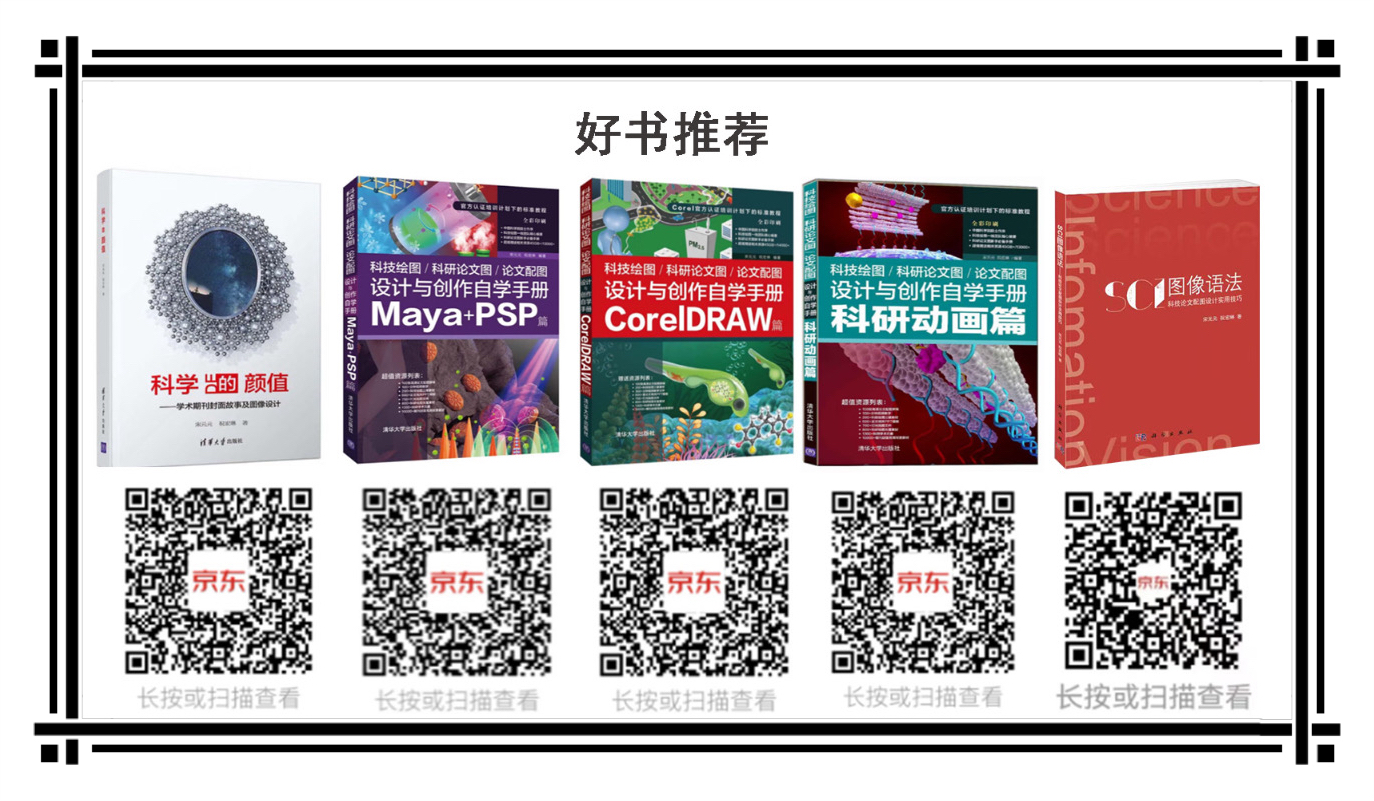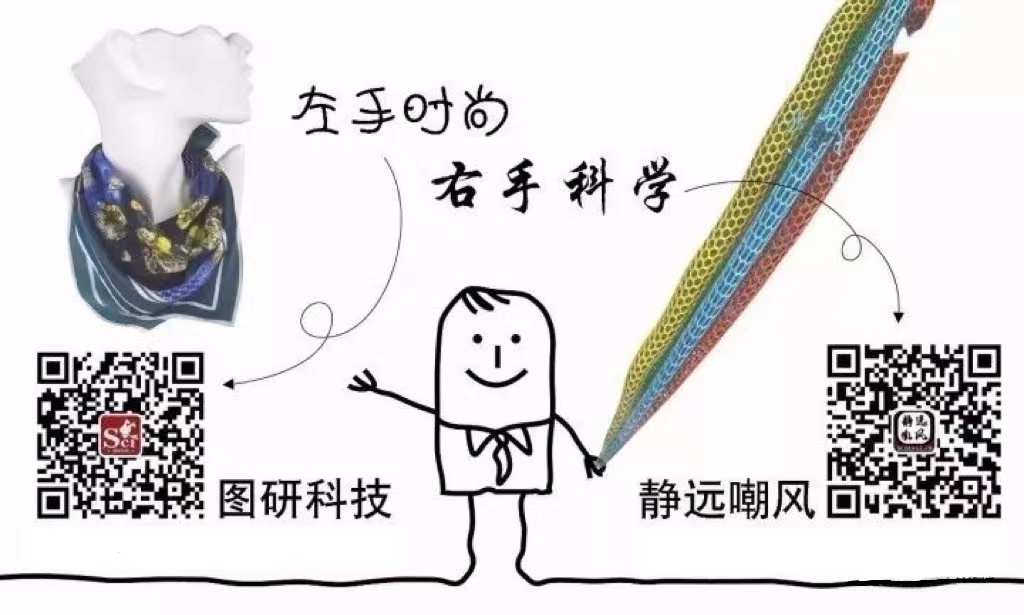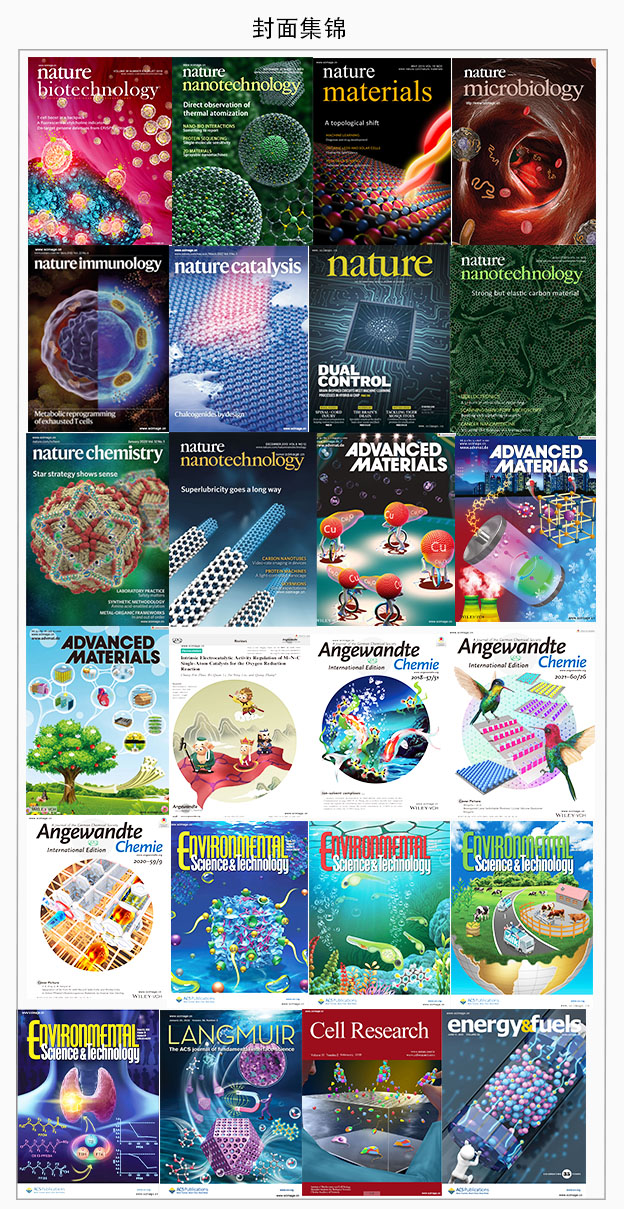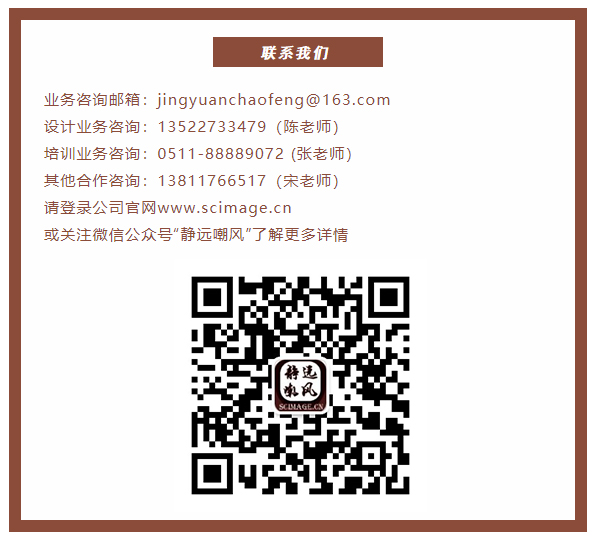博文
2024年7月嘲风作品集(一)
||
▲ Vol 07 Issue 04 | July, 2024
Atomic-resolution Interfacial Microstructure and Thermo-electro-magnetic Energy Conversion Performance of Gd/Bi0.5Sb1.5Te3 Composites
Chengshan Liu, Wenjie Xu, Ping Wei, Shaoqiu Ke, Wenjun Cui, Longzhou Li, Dong Liang, Xianfeng Ye, Tiantian Chen, Xiaolei Nie, Wanting Zhu, Wenyu Zhao, Qingjie Zhang
Thermo-electro-magnetic materials with simultaneously large magnetocaloric (MC) and thermoelectric (TE) effects are the core part for designing TE/MC all-solid-state cooling devices. Compositing MC phase with TE material is an effective approach. However, the elemental diffusion and chemical reaction occurring at the two-phase interfaces could significantly impair the cooling performance. Herein, Gd/Bi0.5Sb1.5Te3 (Gd/BST) composites were prepared by a low-temperature high-pressure spark plasma sintering method with an aim to control the extent of interfacial reaction. The reaction of Gd with the diffusive Te and the formation of GdTe nanocrystals were identified at the Gd/BST interfaces by the atomic-resolution microscope. The formed BiTe' antisite defects and enhanced {000 l} preferential orientation in BST are responsible for the increased carrier concentration and mobility, which leads to optimized electrical properties. The heterogeneous interface phases, along with antisite defects, favor the phonon scattering enhancement and lattice thermal conductivity suppression. The optimized composite sintered at 693 K exhibited a maximum ZT of 1.27 at 300 K. Furthermore, the well-controlled interfacial reaction has a slight impact on the magnetic properties of Gd and a high magnetic entropy change is retained in the composites. This work provides a universal approach to fabricating thermo-electro-magnetic materials with excellent MC and TE properties.
https://onlinelibrary.wiley.com/doi/10.1002/eem2.12710
▲ Vol 06 Issue 07 | July, 2024
Solar-powered mixed-linker metal–organic frameworks for water harvesting from arid air
Xueli Yan, Fei Xue, Chunyang Zhang, Hao Peng, Jie Huang, Feng Liu, Kejian Lu, Ruizhe Wang, Jinwen Shi, Naixu Li, Wenshuai Chen, Maochang Liu
Metal–organic frameworks (MOFs) are a class of promising nanomaterials for atmospheric water harvesting (AWH), especially in arid remote areas. However, several challenges are still faced for practical applications because of the dissatisfied water adsorption/desorption properties in terms of the capability, kinetics, and stability. Herein, we report the facile synthesis of a nano-sized octahedral nitrogen-modified MOF-801 that exhibits superior solar-powered AWH performance using a custom-made device, with a state-of-the-art water harvesting ability up to 4.64LH2OkgMOFs−1 from air upon 12-h test under a relative humidity (RH) of 30% and simulated sunlight irradiation. The nitrogen-modified MOF-801 with rapid sorption–desorption kinetics, uptakes 0.29gH2OgMOFs-1 of water at 30% RH within 30 min and releases 90% of the captured water within 10 min under 1-sun illumination. The success relies on N-doping-induced mixed-linkers in the form of 2,3-diaminobutanedioic acid and fumaric acid in the unique pore structures of the MOFs for rapid and high-capacity water capture. The N-doped MOF-801 with water uptake capacity, fast adsorption kinetics, and cycle stability sheds light on the practical use of MOFs for effective solar-powered water harvesting from droughty air.
https://onlinelibrary.wiley.com/doi/10.1002/eom2.12473
▲ Vol 05 Issue 07 | July, 2024
Nanocellulose Building Block for the Construction of Hygroscopic Aerogels
Qianqian Xu, Qing Li, Haipeng Yu, Jian Li, Wenshuai Chen
Moisture, a ubiquitous component in the atmosphere, offers a wealth of opportunities and presents various challenges in our daily lives and the surrounding environment. On the one hand, people can obtain clean drinking water from air and use the moisture to create new energy sources. On the other hand, many people across the world still face long-term drought or damp hazards caused by extremely low or high humidity. Therefore, the sustainable management of atmospheric moisture is crucial for creating a comfortable lifestyle for humanity. Cooling condensation and desiccant drying are established methods for adjusting atmospheric humidity, yet they still face a range of challenges including energy usage, efficiency levels, operational simplicity, and broad applicability. Recently, hygroscopic materials, which can regulate environmental humidity, material performance, and collect water by adsorbing moisture from air and managing the adsorbed moisture, are attracting increasing attention. For the efficient and scalable production of hygroscopic materials, it is fundamental to carefully select and ingeniously assemble the building blocks that dictate their performance.
Nanocellulose, an emerging biopolymer nanofiber, is predominantly biosynthesized by higher plants, positioning it as an ideal building block for constructing hygroscopic materials. Its appeal lies in the sustainable and plentiful nature of its raw materials, coupled with its distinctive one-dimensional nanostructure, abundant surface hydroxyl groups, and outstanding mechanical strength. Furthermore, its capacity to readily assemble into diverse structures through straightforward processes makes it a compelling choice for advancing the development of next-generation biopolymer-based hygroscopic materials. Lightweight and self-standing hygroscopic aerogels can be fabricated after integration nanocellulose with various hygroscopic salts through a series of methods. As well as adsorbing atmospheric moisture, they can transform gaseous water into liquid water, and transport it to their interiors for storage. Water evaporation and release are realized by simply exposing the moisture-adsorbed aerogels to sunlight. These properties qualify plant material-derived hygroscopic aerogels as sustainable moisture management platform that are useful in many fields.
In the present Account, we describe recent progress in the use of nanocellulose as a building block for constructing hygroscopic aerogels. We will begin with the introduction of some fundamental knowledge about nanocellulose, with a specific focus on the extraction of nanofibrillated cellulose, a kind of nanocellulose mainly individualized from wood powders by chemical pretreatment combined with mechanical nanofibrillation, as well as its nanostructure characteristics. We will then describe the methods for manufacturing various types of nanocellulose hygroscopic aerogels and their hierarchical structures. Subsequently, we will analyze the hygroscopic performance of the aerogels through some basic data. Next, we will thoroughly discuss the use of the hygroscopic aerogels for dehumidification, atmospheric water harvesting, and moisture-induced power generation. Finally, we will elaborate the challenges and prospects of this emerging field.
https://pubs.acs.org/doi/10.1021/accountsmr.4c00085
<静远嘲风动漫传媒科技中心>设计制作

购书链接:
☆科学的颜值:学术期刊封面故事及图像设计
https://item.jd.com/12802188.html
☆科技绘图/科研论文图/论文配图设计与创作自学手册:CorelDRAW篇
https://item.jd.com/13504674.html
☆科技绘图/科研论文图/论文配图设计与创作自学手册:Maya+PSP篇
https://item.jd.com/13504686.html
☆科技绘图/科研论文图/论文配图设计与创作自学手册:科研动画篇
https://item.jd.com/13048467.html#crumb-wrap
☆SCI图像语法-科技论文配图设计使用技巧
https://item.jd.com/10073529532924.html?bbtf=1


静远嘲风(MY Scimage) 成立于2007年,嘲风取自中国传统文化中龙生九子,子子不同的传说,嘲风为守护屋脊之瑞兽,喜登高望远;静远取自成语“宁静致远”,登高莫忘初心,远观而不可务远。


学习更多绘图教程关注:


https://blog.sciencenet.cn/blog-519111-1453407.html
上一篇:科研制图 | 如何用Maya绘制科研素材多边形结构
下一篇:2024年7月嘲风作品集(二)


